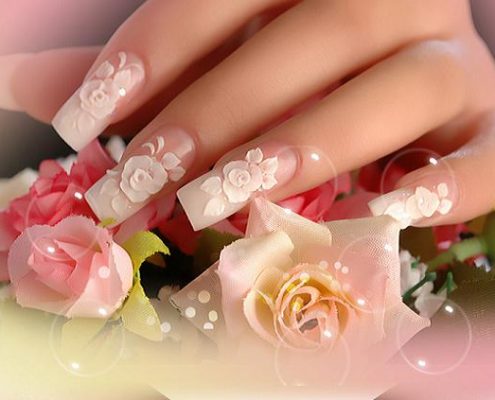
Shining UV Light on Nail Art
Getting your nails done - getting a manicure and or pedicure/nail…
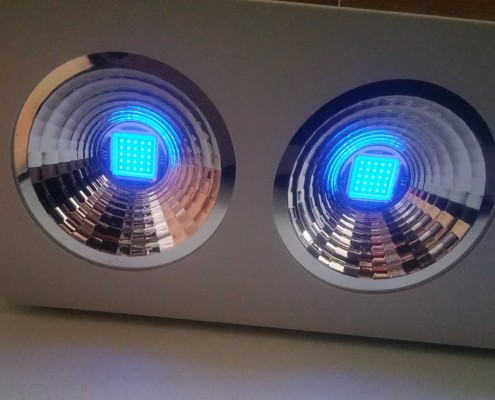
Treating Depression with a SAD Lamp
We sometimes overlook the 'little things' in our lives such as JUST LED US-SAD Lamp-2environmental barriers that contribute to our daily well being. For example, when we are at liberty to give our bodies/organism an abundance of natural light in the summer months we feel 'rejuvenated' and 'energized' seemingly from a natural state of being. In the winter months we do not receive such a natural gift and thus may require a SAD Light.
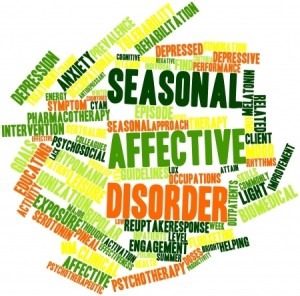
LEDs for Seasonal Affective Disorder
What is Seasonal Affective Disorder? Who gets SAD? What are the Symptoms of SAD? What are some of the conditions which benefit from Light Therapy? What are the Causes of SAD? What products can I use as a Supplement for SAD? For more Intense Light Sources (Medium & Large) How and When Do I use my Unit for Therapy? Warning and Fast Facts
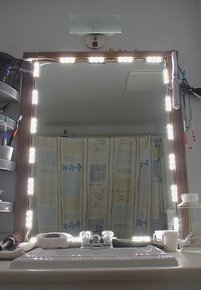
LED Ingenuity for Beauty
Have you ever looked into your vanity mirror while applying your final touches, thinking that everything looks flawless, only to find, moments later, that in different lighting you needed to make a few adjustments?

CityLink-Yellow Bug Light
A natural way to deter these wonders of nature is to illuminate a 'yellow' light around your outside entertaining area.

Organic Trends For Our Furry Friends
Having a cat as an addition to your household/family can be rewarding…
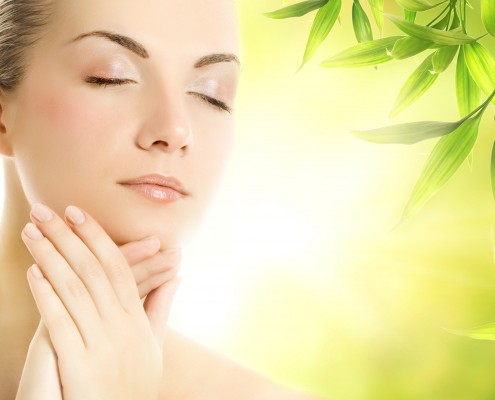
Beauty Care and Your Garden
Resinous substances may occur alone or in combination with essential oils or gums. Resins are unlike gums as they are insoluble in water, but they dissolve in other solvents including alcohol. Resin production occurs in various plants in nature, but only a few families are of commercial considerations. These include the Anacardiaceae (the sumac family), Burseraceae (the incense tree family), Cannabaceae (the hemp family), Dipterocarpaceae (major importance timber trade), Guttiferae (primarily tropical-some species offer resin which bees use in nest construction), Hammamelidaceae (the witch hazel family), Lamiaceae (mint family - culinary & essential oils), Leguminosae (the pea family), Liliaceae (the lily family), Meliaceae (the mahogany family), Pinaceae (the pine family of conifers), Styracaceae (the silver bells family - are evergreen or deciduous trees or shrubs) and Umbelliferae (the parsley family). The true botanical origin of a resin is often generally not definitive, especially in the case where they derive from fossil or semi fossil types.
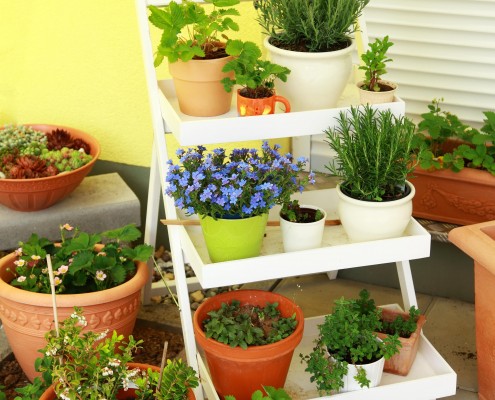
Indoor Plants-Essential Oils and Hygiene
0 Comments
/
In a Northern climate we find it very challenging to produce indoor plants - essential oils and hygiene related produce. Consider that we grow our plant life in our homes to produce certain qualities that we may not be able to attain from store bought produce and flowers. The plant material you use must be clean and free of pesticides, herbicides, fungicides, and other chemicals.
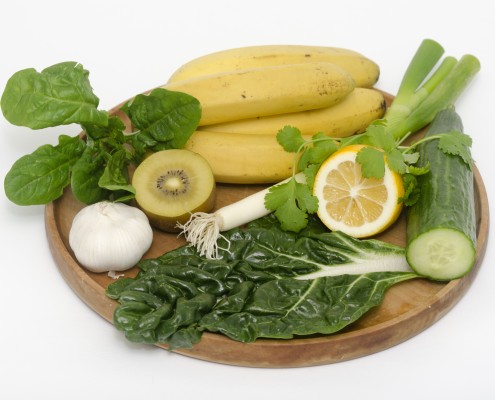
Alkaline Foods for Health and Well being
What is alkaline and why do you need to be more alkaline to be healthy? It is thought that being too acidic -which in turn causes inflammation- can be a key factor in developing many sicknesses, such as arthritis, fibromyalgia, irritable bowels, and cancer, to name a few. Being too acidic is also not good for bone mass as the acidity can break down your bones thereby causing diseases of the bone such as osteoporosis.
With all that in mind, the question now becomes, how do we know if we are too acidic? You must test your ph levels. PH means "potential for hydrogen", in other words, the amount of acidity or alkalinity that can be measured in a solution.
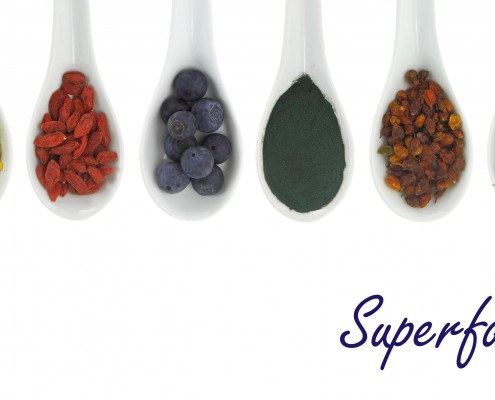
Superfoods
Some of the top 10 superfoods are very recognizable and likely eaten in your household on a daily basis. They are: Goji berries, broccoli, cauliflower, salmon, spinach, kale, green tea, tomatoes, strawberries, beets and ginger. Of this list, all can be grown in an indoor garden. You may be thinking, "how can I 'grow' salmon indoors?".
